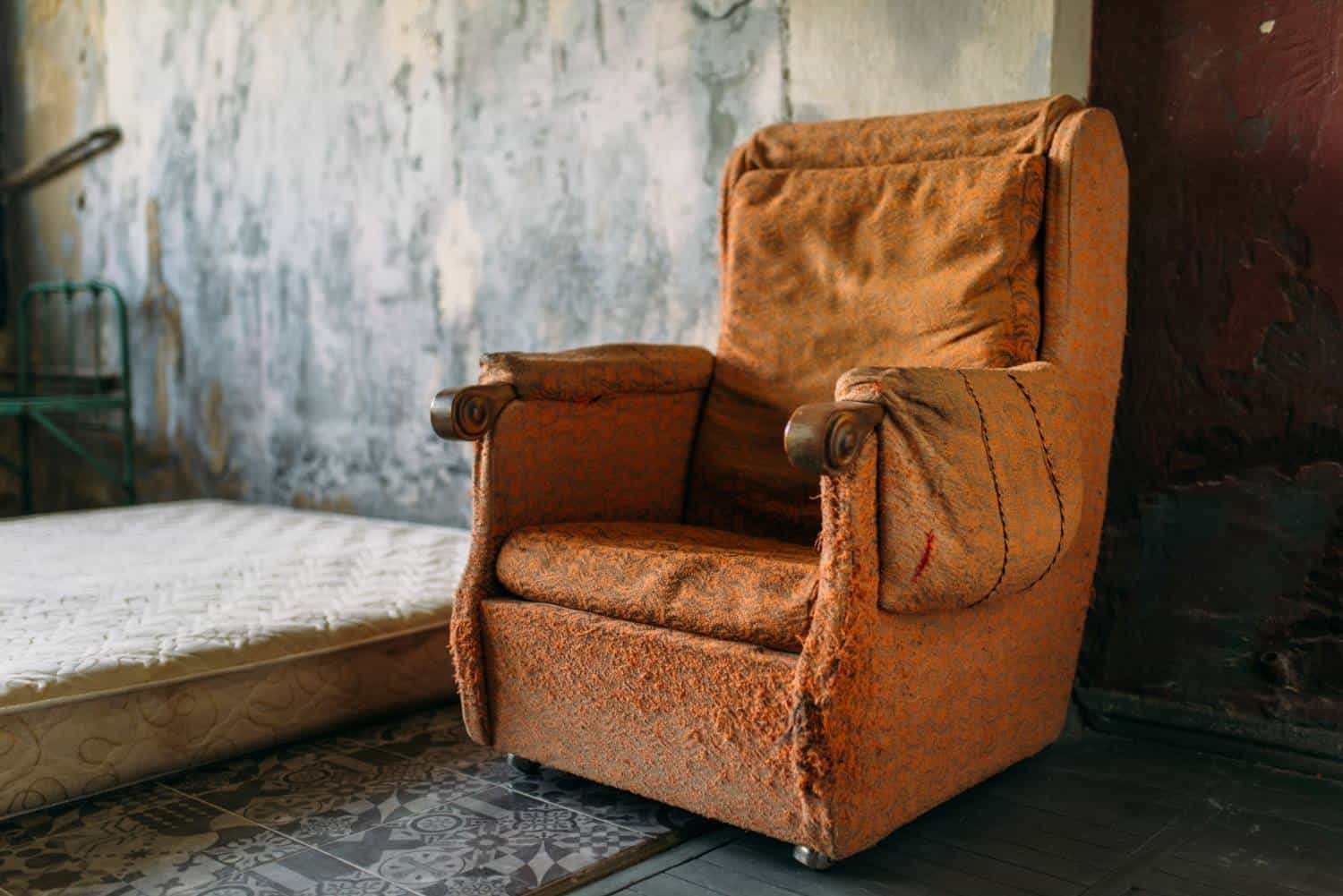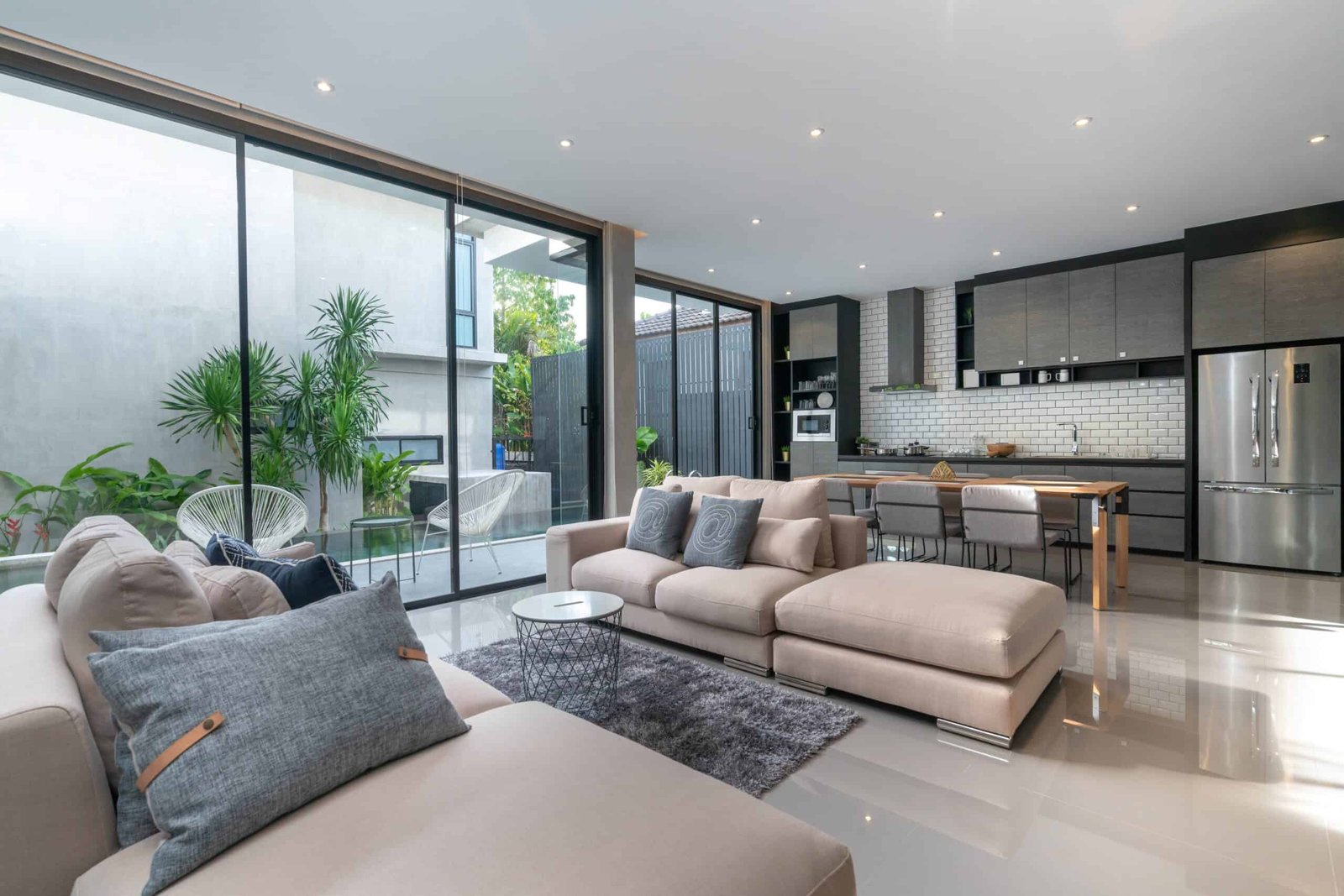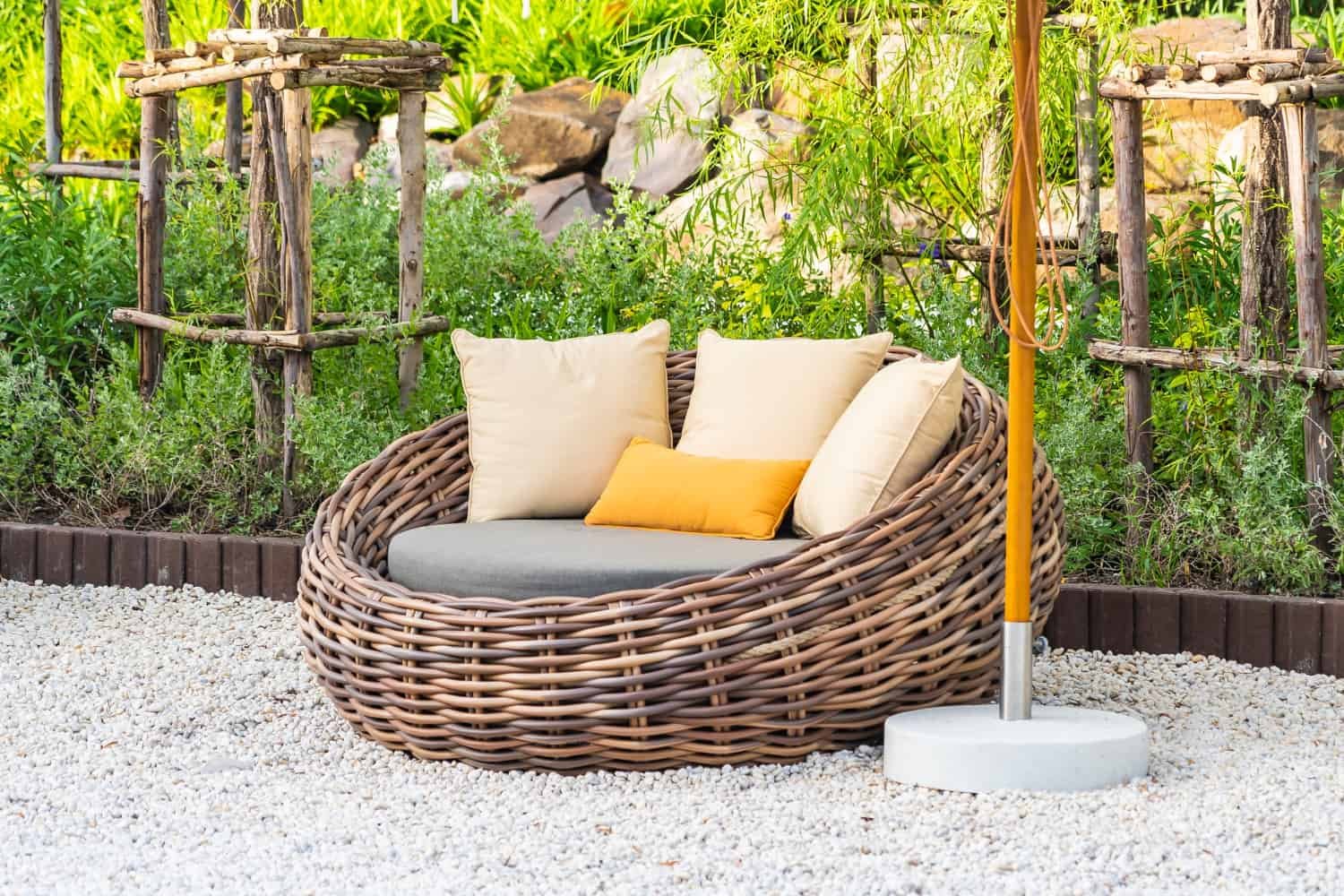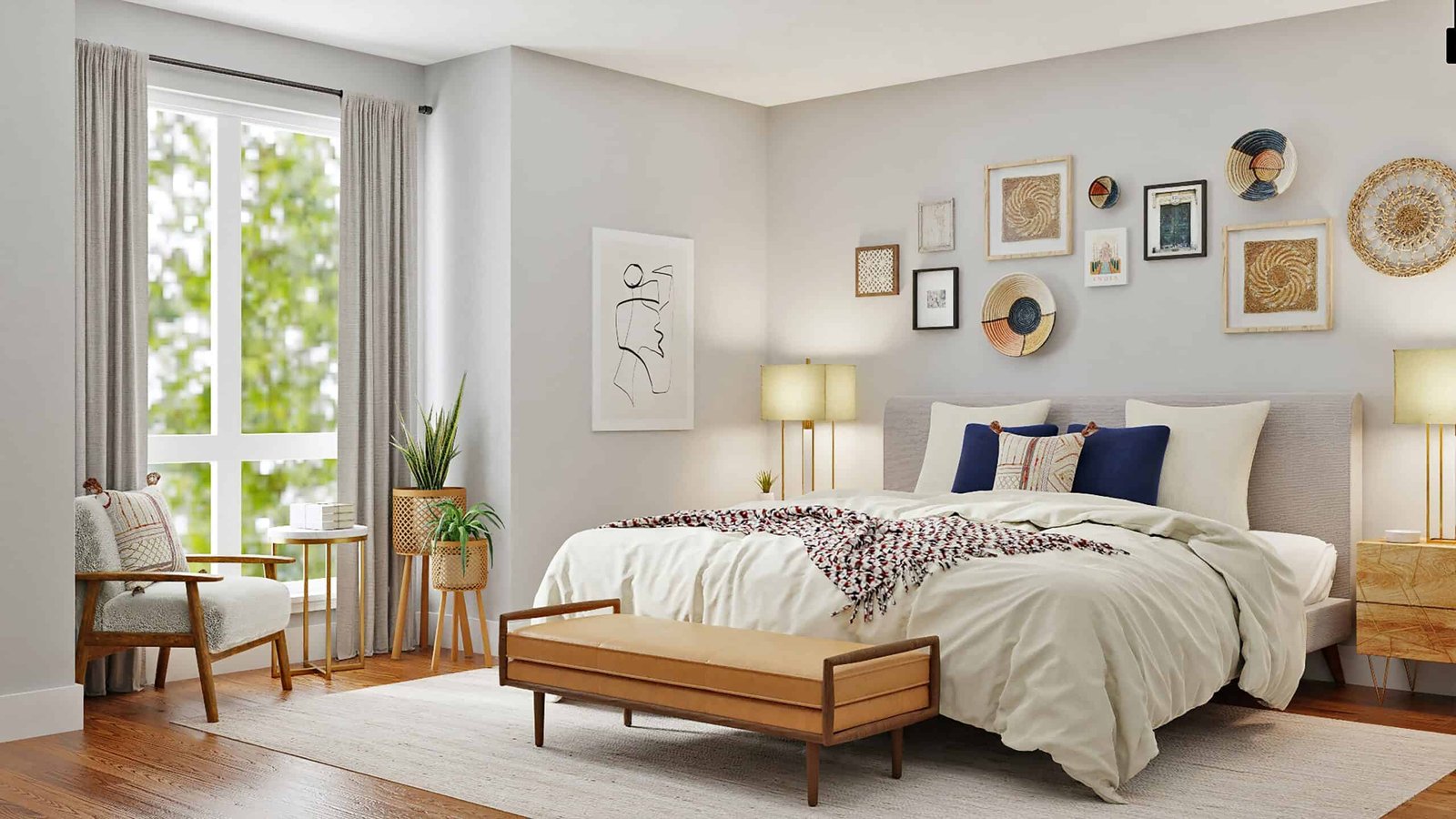
Disclaimer: As an Amazon Associate, “Furniture UK” earns from qualifying purchases.
Are you tired of entering a drab, uninviting bedroom that doesn’t reflect your style? Imagine transforming your bedroom into a space that meets your needs and speaks to your unique taste and preferences. The key to achieving this is proper planning. But where do you start? From assessing the size and layout of your room to considering your preferred aesthetic, there are several critical factors to consider when it comes to bedroom planning.
You want to create a comfortable and functional space that allows you to move around freely and store your belongings while reflecting your taste and style. So, whether you’re starting from scratch or refreshing your existing space, buckle up and read on for some practical tips and creative ideas on planning your dream bedroom.
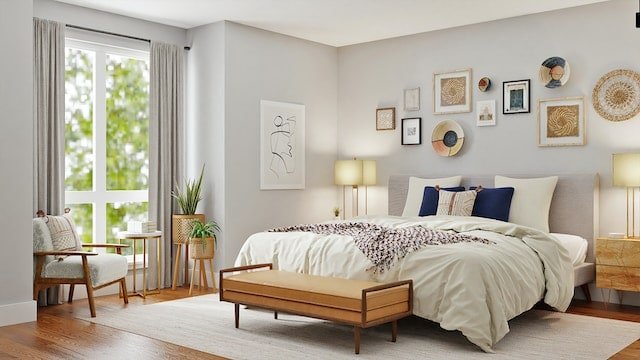
1. Assessing Your Needs
Before you start planning your bedroom, assessing your needs is essential. This will help you determine what you want to achieve with your bedroom design and ensure it meets your practical requirements.
-
Determining Your Goals
When assessing your needs, consider your goals for the room. Do you want a peaceful sanctuary to relax and unwind after a long day? Or do you need a functional space where you can work or exercise? Consider what you want to achieve with your bedroom design and list your priorities. This will help you stay focused on what’s important and avoid getting sidetracked.

-
Considering Your Lifestyle
Another factor to consider when assessing your needs is your lifestyle. Think about how you use your bedroom and what activities you do there. Do you watch TV in bed? Do you read before you go to sleep? Consider how your lifestyle affects your bedroom design, and ensure your space is tailored to your needs. For example, if you like to read in bed, ensure you provide adequate lighting. By assessing your needs and considering your goals and lifestyle, you can create a bedroom design that’s both functional and beautiful.
2. Creating a Floor Plan
Before decorating your bedroom, creating a floor plan is essential to ensure your ideas fit into your space. Here are some tips to help you create a floor plan that works for you.
-
Measuring Your Space
The first step in creating a floor plan is to measure your bedroom. Measure the length and width of the room, as well as the height of the ceiling. You should also measure the size of any doors, windows or other features that will impact the layout of your room. Once you have your measurements, create a rough sketch of your space on paper. This will help you get an idea of the shape of your room and where you can place your furniture.
-
Sketching Your Ideas
Now that you have your measurements, it’s time to start sketching your ideas. Consider the furniture you want to include in your bedroom, such as your bed, wardrobe, and bedside tables. Think about where you want to place each piece of furniture and how it will fit into your space.
You can use online tools or apps to create a more detailed floor plan. These tools can help you visualise your ideas and change your plan. Some tools even allow you to add furniture and decor to see how they will look in your room. When sketching your ideas, keep in mind the traffic flow of your room. You don’t want to place furniture in a way that makes it challenging to move around. You should also consider the natural light sources and how they will impact the placement of your furniture. Creating a floor plan can help you make the most of your space and create a bedroom that works for you.
3. Choosing Furniture and Decor
When choosing furniture and decor for your bedroom, it’s important to consider style and functionality. Here are some tips to help you make the right choices:
-
Selecting a Bed and Mattress
The bed is the centrepiece of any bedroom, so choosing one that fits your style and needs is essential. Consider the size of your bedroom and your sleeping preferences when selecting a bed. A single or double bed may be more appropriate for a small bedroom, while a king or super king bed may be more suitable for larger bedrooms. Regarding mattresses, there are several types to choose from, including foam, latex, and pocket sprung. Each type has its benefits, so it’s essential to research and select the one that best suits your sleeping preferences.
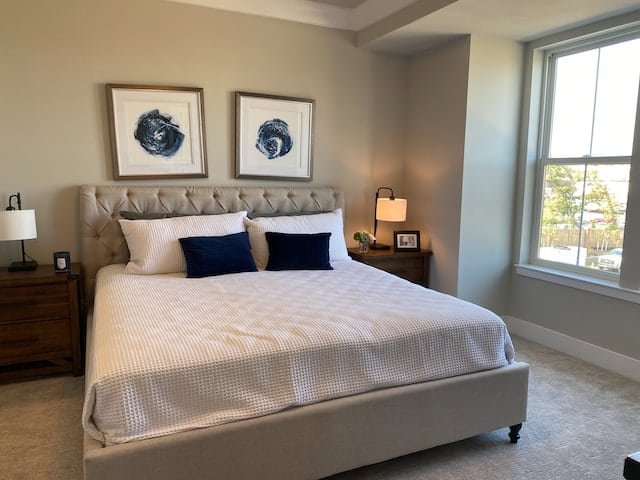
-
Picking Out Storage Solutions
Storage is essential in any bedroom to keep it neat. Consider the amount of clothing and other items when choosing storage solutions. A wardrobe is an excellent option for storing clothing, while a chest of drawers can be used for other things, such as bedding and towels. Other storage solutions include under-bed storage, shelves, and hanging organisers. These can be particularly useful in small bedrooms where space is limited.
-
Adding Decorative Touches
Once you have your furniture and storage solutions in place, it’s time to add some decorative touches to make your bedroom feel complete. Consider adding a rug to add warmth and texture to the room. Other decorative touches to consider include artwork, throw pillows, and curtains. These can be used to add colour and personality to your bedroom. When choosing decorative items, it’s important to remember your bedroom’s overall style. Choose items that complement your furniture and bedding to create a cohesive look.
4. Lighting and Colour
Regarding bedroom planning, lighting and colour are the most critical factors. These elements can significantly impact the overall look and feel of your space. Here are some tips to help you choose the proper lighting and colour palette for your bedroom:
Choosing the Right Lighting
Lighting plays a crucial role in setting the mood of your bedroom. You want to create a space that is both functional and relaxing. Here are some things to consider when choosing the proper lighting:
- Use a combination of different types of lighting, such as overhead lights, table lamps, and floor lamps, to create a layered effect.
- Consider the size of your room when choosing proper lighting. A smaller space may require less lighting than a larger room.
- Think about the activities you will be doing in your bedroom. For example, if you like to read in bed, you may want to invest in a bedside lamp with an adjustable arm.
- Choose bulbs with a warm, soft glow to create a cosy atmosphere. Avoid harsh, bright lights that can be too stimulating.
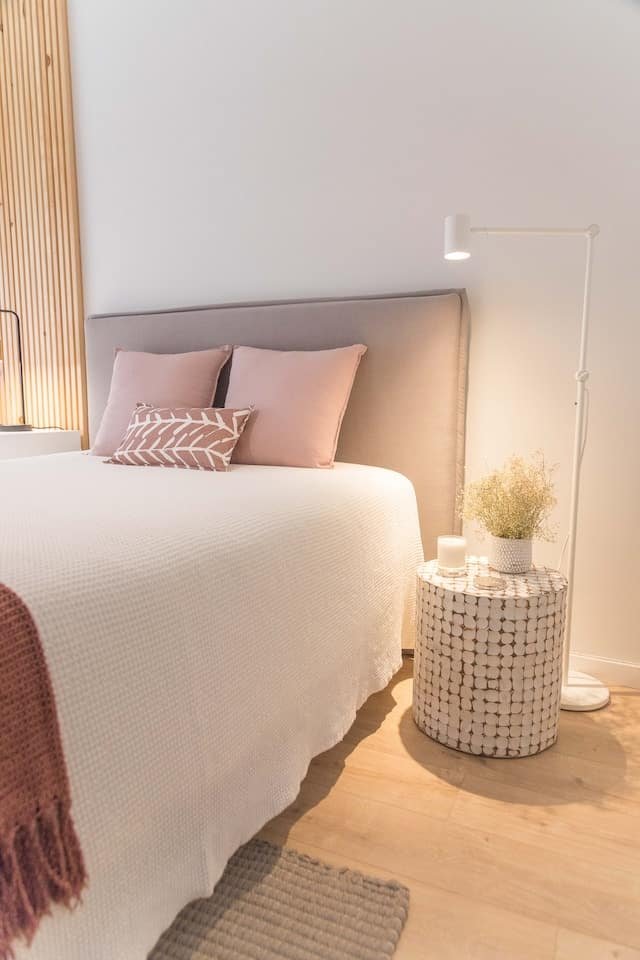
Picking a Colour Palette
The colour palette you choose for your bedroom can significantly impact the overall look and feel of the space. Here are some tips to help you pick the right colours:
- Consider the mood you want to create in your bedroom. Soft, muted colours like pastels and neutrals can create a relaxing atmosphere, while bold, bright colours can be more energising.
- Think about the natural light in your bedroom. If your room gets a lot of natural light, you may want to choose lighter colours to enhance the brightness of the space.
- Choose colours that complement each other. You can use a colour wheel to help you choose colours that work well together.
- Consider adding pops of colour with accessories like throw pillows and curtains. This can help add visual interest to your space without overwhelming it.
5. Finishing Touches
Now that you’ve planned and decorated your bedroom, it’s time to add the finishing touches to make it yours. Here are some ideas:
- Accessorising Your Space – Adding accessories to your bedroom can make a big difference in the overall look and feel of the room. Consider adding personal touches such as photographs, artwork, or decorative items that reflect your personality and interests. You can also add plants or flowers to add some natural beauty to your space. Another idea is to add some mood lighting to your bedroom. This can be achieved by adding a bedside lamp or some fairy lights. This will create a relaxing and cosy atmosphere in your bedroom.
- Adding Textiles – Textiles such as curtains, rugs, and cushions can add texture and warmth to your bedroom. Choose textiles that complement the colour scheme of your bedroom and add some visual interest. You can add a throw blanket to your bed for comfort and style. When choosing textiles, make sure to consider the quality of the material. High-quality fabrics will not only look better, but they will also last longer and be more comfortable to use.
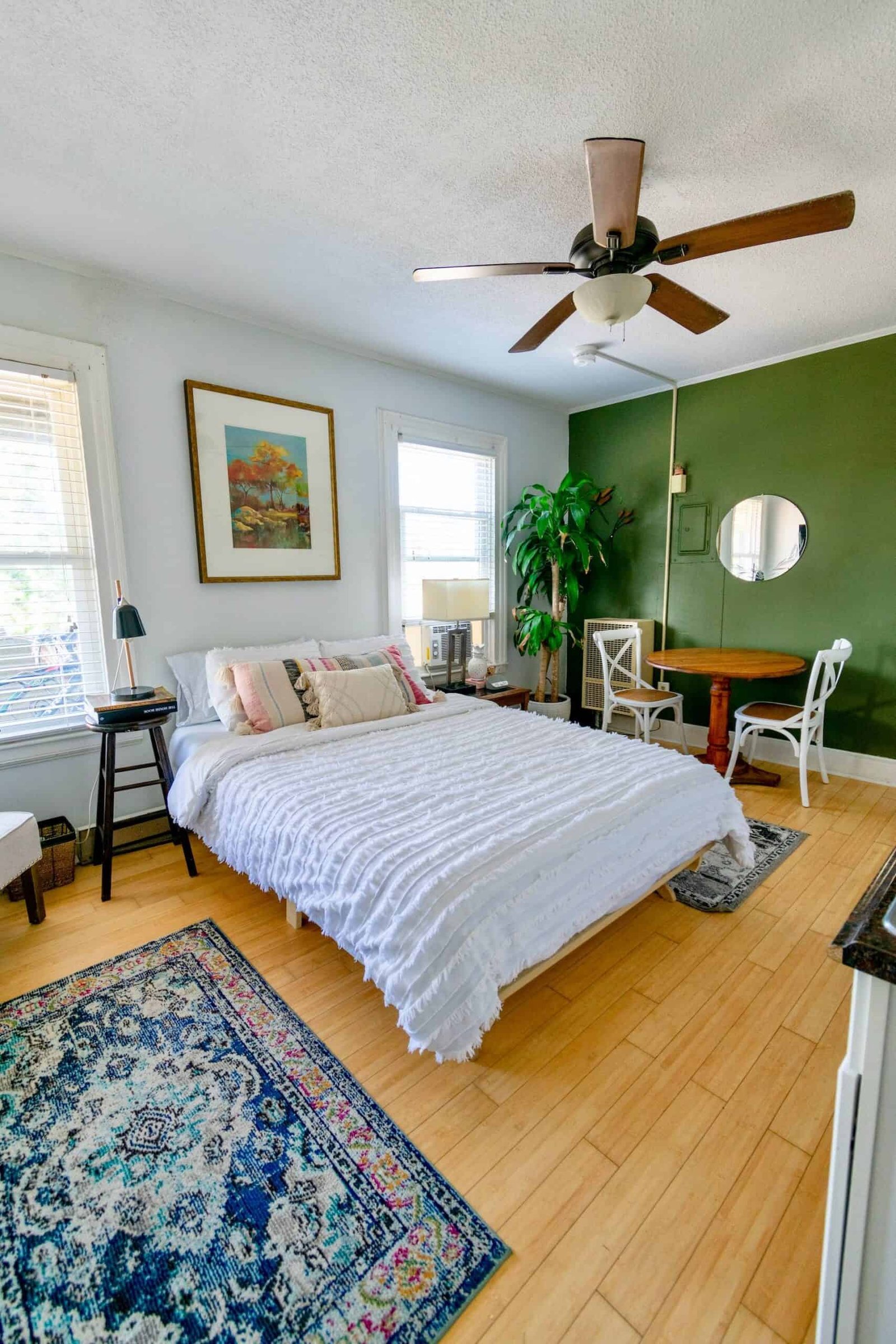
- Soft Furnishings – Soft furnishings such as bedding and pillows are essential to creating a comfortable and inviting bedroom. Choose bedding that is both stylish and comfortable. You can also add decorative pillows to your bed for style and comfort. When choosing bedding and pillows, consider the material and thread count. Higher thread count bedding will be softer and more comfortable to sleep in.


